When it comes to prices, consumers are very meticulous. They want to make sure they are getting the best deal for their money. A price list template can be extremely helpful in this situation, as it allows you to make a list of items with their prices and only invest in what you truly need. By creating a price list while you’re shopping, you can avoid impulse buying and stick to your budget.
Table of Contents
Price List Templates
Price list templates are powerful tools that simplify the process of creating and managing price lists for businesses across various industries. These templates offer a structured framework that allows companies to present their products or services with clarity, ensuring consistency and ease of reference.
With customizable options, these templates empower businesses to showcase their pricing information in a visually appealing and professional manner. This article explores the benefits and features of price list templates, highlighting how they contribute to streamlining pricing strategies and improving customer communication.
Price list templates provide a structured and efficient solution for businesses to present their pricing information. With customizable options, these templates streamline the process of creating and updating price lists, saving time and resources. By ensuring consistency and accuracy, price list templates enhance customer communication and foster trust. Implementing price list templates empowers businesses to showcase their offerings in a professional and organized manner, ultimately contributing to improved customer satisfaction and increased sales.
Types of price list

There are several types of price lists that businesses and organizations use, including:
Retail price list: This type of price list is used by retail stores and includes the prices for all the products they sell.
Wholesale price list: This type of price list is used by wholesalers and includes the prices for products they sell to retailers in bulk.
Service price list: This type of price list is used by service-based businesses and includes the prices for the services they offer.
Product catalog: This type of price list is often used by manufacturers and includes detailed information about products such as specifications, images, and prices.
Menu price list: This type of price list is used by restaurants and includes the prices for menu items.
Package price list: This type of price list is used by companies that offer packages such as tour operators and includes the prices for different package options.
Custom price list: This type of price list is tailored to a specific customer or group of customers and includes prices that may differ from the standard prices.
The Multifaceted Role of Price Lists
Price lists have several different uses, some of which include:
Setting prices
Businesses use price lists to determine the prices for their products or services.
Communicating prices
Price lists can be used to communicate prices to customers, suppliers, and other stakeholders.
Comparison shopping
Customers can use price lists to compare prices from different businesses and make informed purchasing decisions.
Inventory management
Retail businesses use price lists to track inventory and reorder items when necessary.
Budgeting
Individuals and businesses can use price lists to plan and manage their budgets by determining how much they will spend on certain items.
Negotiations
Price lists can be used as a starting point for negotiations between buyers and sellers.
Promotions: Businesses can use price lists to create special promotions, sales and discounts
Marketing
Price lists can be used as a marketing tool to attract customers by highlighting special deals or promotions.
Costing
Businesses use price lists to calculate the costs of goods or services and price their products appropriately.
Invoicing
Businesses can use price lists to generate invoices for customers and suppliers.
How to Make a Price List
Creating a price list is a crucial step for any business, as it helps to establish prices for products or services and communicate those prices to customers. Whether you’re a small business owner or a large corporation, having a well-organized price list can help you stay on top of your finances, manage inventory, and make informed decisions about your pricing strategy. Here are some steps to help you create a price list that works for your business:
Determine your costs: Before you can set prices for your products or services, you need to know how much it costs to produce or provide them. This includes the cost of materials, labor, and overhead expenses. Once you have a clear idea of your costs, you can use that information to determine how much you need to charge in order to make a profit.
Analyze the competition: It’s important to know what your competitors are charging for similar products or services. This will give you an idea of what the market will bear and help you set prices that are competitive. You can use online tools or visit competitors in person to gather this information.
Determine your target market: Knowing your target market will help you determine how much you can charge for your products or services. If you’re targeting a high-end market, you may be able to charge more than if you’re targeting a budget-conscious market.
Decide on a pricing strategy: There are several different pricing strategies you can use, such as cost-plus pricing, value-based pricing, and penetration pricing. Each strategy has its own benefits and drawbacks, so it’s important to choose one that aligns with your goals and target market.
Create the price list: Once you have all the necessary information, you can start creating the price list. You can use a spreadsheet or a pre-made template to organize your prices. Make sure to include all the relevant information, such as product or service names, descriptions, and prices.
Review and update the price list: As time goes on, your costs may change, your competition may adjust their prices, or your target market may shift. It’s important to review your price list regularly and make updates as needed. This will ensure that your prices remain competitive and that you’re still making a profit.
Make it easy to read: Make sure your price list is easy to read, whether it’s in print or online. Use clear, legible font and make sure the prices stand out. Consider using images or other visual aids to make it more attractive and easy to navigate.
Communicate the price list to customers: Once you have created your price list, it’s important to share it with your customers. You can post it on your website, include it in your marketing materials, or give customers a printed copy when they visit your business.
Use the price list as a negotiation tool: In some cases, customers may want to negotiate the prices listed on your price list. Use the price list as a starting point for negotiations, but be prepared to compromise if necessary.
Keep it updated: Prices change, products are out of stock, new products are added, etc. Make sure your price list is always up-to-date and accurate. This will avoid confusion and potential lost sales.
By following these steps, you can create a price list that is tailored to your business and helps you stay competitive in the market. Remember, a price list is not just a list of prices, but a tool that can help you manage your business and make informed decisions about your pricing strategy.
Tips for making your own price list
Here are some tips for creating a effective and professional price list for your business:
Keep it simple: Keep your price list simple and easy to read. Use a clear, legible font and make sure the prices stand out. Avoid using jargon or technical language that may be confusing to customers.
Organize your products or services: Group similar products or services together and use headings or subheadings to make it easy to navigate. This will help customers find what they’re looking for quickly and easily.
Use images: Adding images to your price list can make it more visually appealing and help customers identify products or services more easily.
Be transparent: Be upfront and transparent about your prices, and avoid using hidden fees or fine print. This will build trust with customers and help to establish your business as credible and trustworthy.
Include important information: Make sure to include all the relevant information such as product or service names, descriptions, and prices. Also consider adding information like estimated delivery times, warranties or guarantees.
Make it easy to access: Make sure your price list is easily accessible to customers, whether it’s on your website, in your store, or included in your marketing materials.
Use different format: Consider creating your price list in different format like PDF, Excel, and online catalog, so customers can view it in the format that works best for them.
Be flexible: Be prepared to negotiate prices with customers, especially if they are ordering in bulk or if they are a long-term client. This can help to build relationships and increase loyalty.
Review and update: Review your price list regularly and make updates as needed. This will ensure that your prices remain competitive and that you’re still making a profit.
Test and get feedback: Test your price list with a small group of customers and get their feedback. This will help you identify any issues and make improvements before you launch your price list to the general public.
FAQs
How often should I review and update my price list?
It’s recommended to review and update your price list regularly, at least once a quarter or as needed. Changes in your costs, competition, and target market may affect your prices. Keeping your price list up-to-date will help you stay competitive and ensure that you’re still making a profit.
How do I know if my prices are too high or too low?
Analyzing your costs and researching the prices of similar products or services from competitors will give you an idea of what the market will bear. Keep in mind your target market and pricing strategy while pricing your products or services.
How do I communicate my price list to customers?
You can communicate your price list to customers in a variety of ways, such as posting it on your website, including it in your marketing materials, or giving customers a printed copy when they visit your business. You can also make it available in different formats like PDF, Excel, and online catalog.
Can I negotiate prices listed on my price list?
Yes, you can negotiate prices with customers, especially if they are ordering in bulk or if they are a long-term client. This can help to build relationships and increase loyalty.
How do I handle sales and discounts?
You can handle sales and discounts by adding them to your price list or creating separate lists for special promotions. Be sure to clearly communicate the terms and conditions of any sales or discounts to customers.
Should I include delivery or shipping costs on my price list?
Yes, if you are selling products that will be delivered or shipped to customers, it’s a good idea to include delivery or shipping costs on your price list. You can also consider including the estimated delivery time.
Can I create a customized price list for specific customers?
Yes, you can create a customized price list for specific customers if necessary. This can be useful for businesses that offer different pricing for different types of customers, such as wholesale pricing for retailers.
Can I change my prices without notifying customers?
It’s best to notify customers of any changes to your prices, whether through email, social media, or in-store signage. This will help to avoid confusion and maintain customer trust.
How do I handle taxes on my price list?
You should include any taxes that apply to your products or services on your price list. It’s important to be transparent about any taxes that customers will need to pay, so they can budget for them and avoid any surprises.
Can I use a pricing software to create my price list?
Yes, there are various pricing software available that can help you create and manage your price list. These software can automate the process of creating your price list, help you track your inventory, and even suggest prices based on your costs and competitors.
How do I handle bulk discounts on my price list?
You can handle bulk discounts by offering a lower price per unit when customers purchase a certain quantity of your products or services. Be sure to clearly communicate the bulk discount prices and terms on your price list so customers can take advantage of the savings.
How do I handle different currencies on my price list?
If you are selling products or services to customers in different countries or regions, you may need to include prices in different currencies on your price list. You can use currency conversion tools to convert prices and keep them updated with the current exchange rates.
Can I include warranties or guarantees on my price list?
Yes, it can be beneficial to include any warranties or guarantees that apply to your products or services on your price list. This will help to build customer trust and provide additional value for your customers.
How do I handle returns or refunds on my price list?
You should include any return or refund policies on your price list. Make sure to clearly communicate the terms and conditions of returns or refunds, including any time limits or restocking fees that may apply.










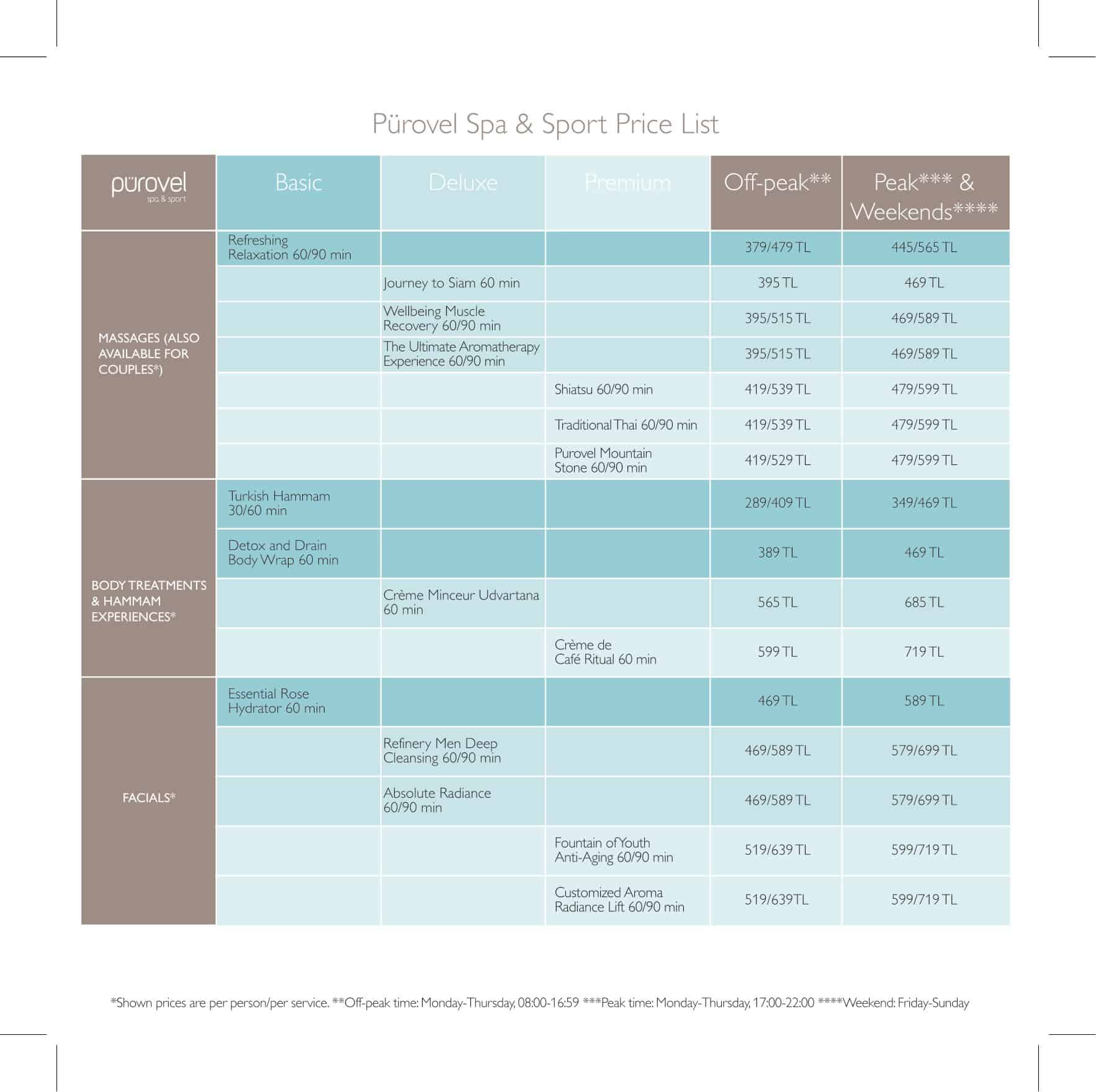
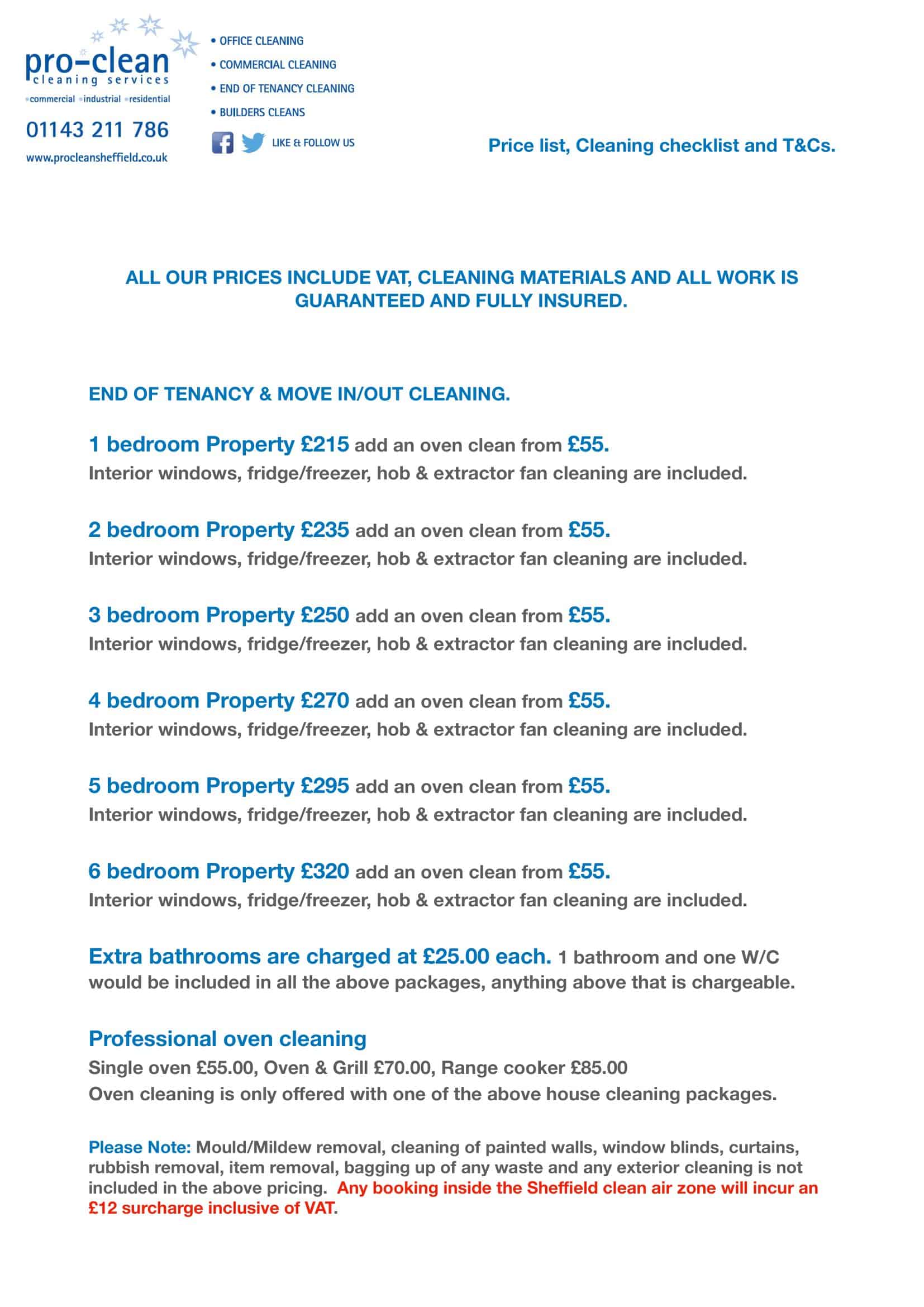
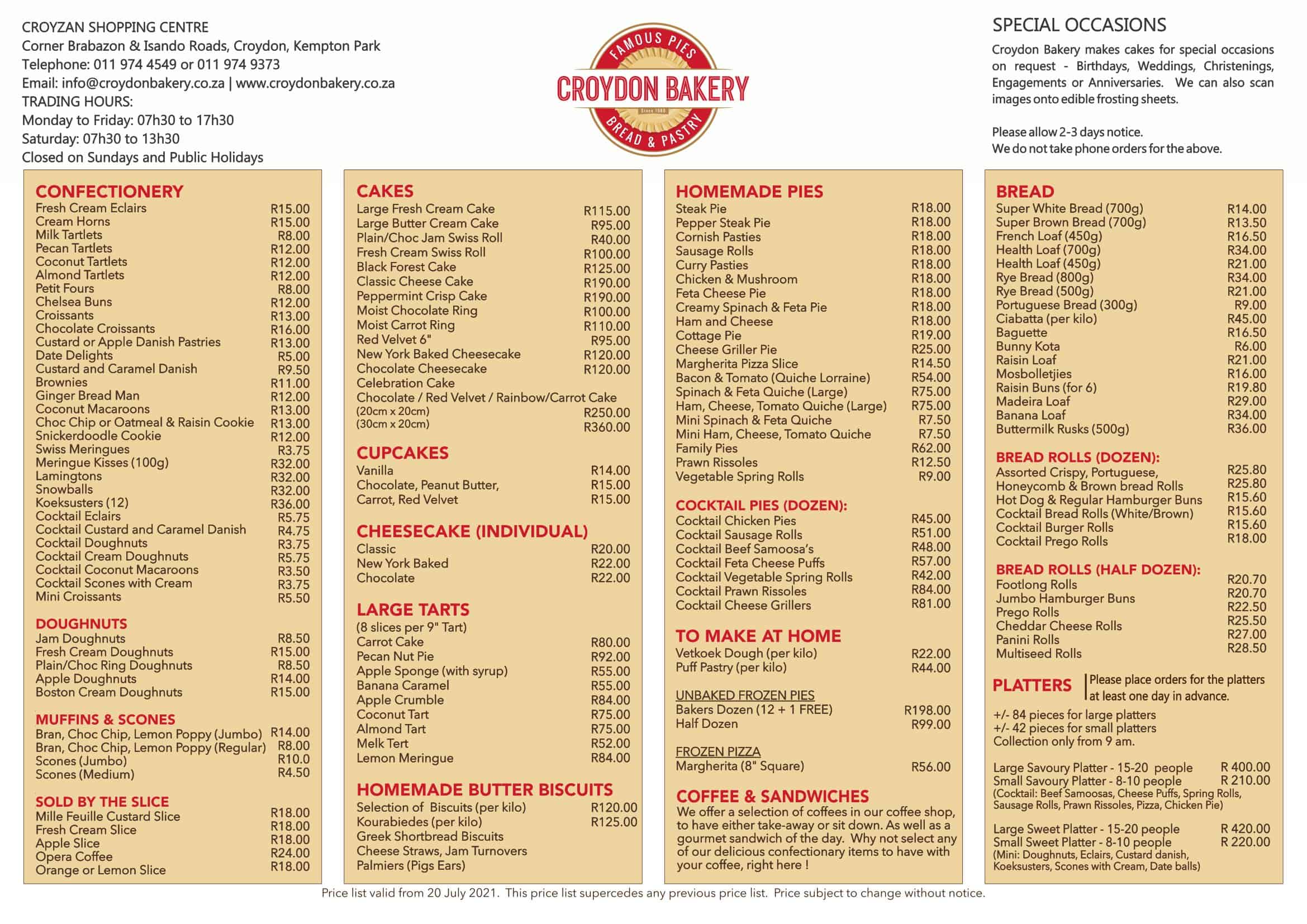

















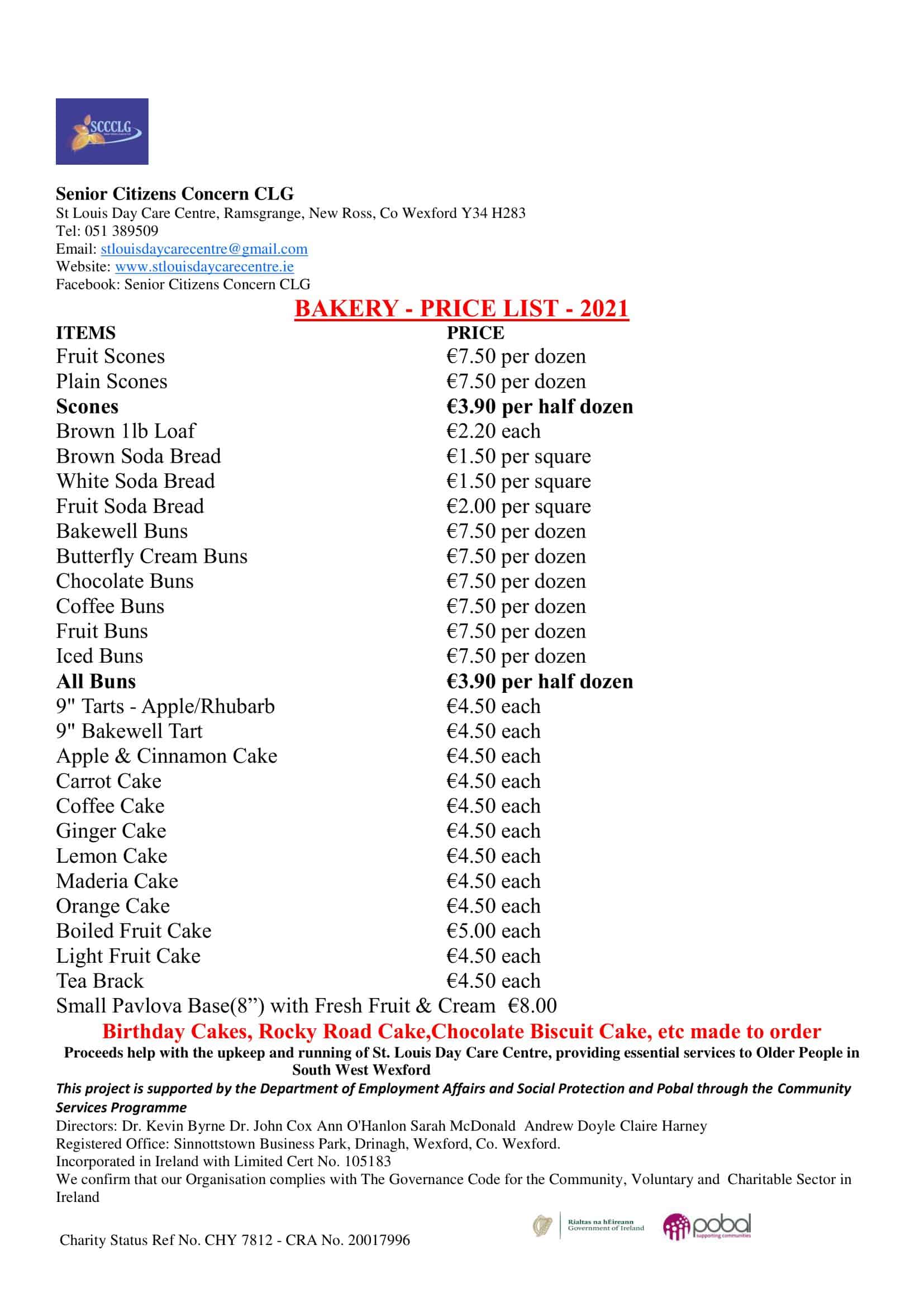








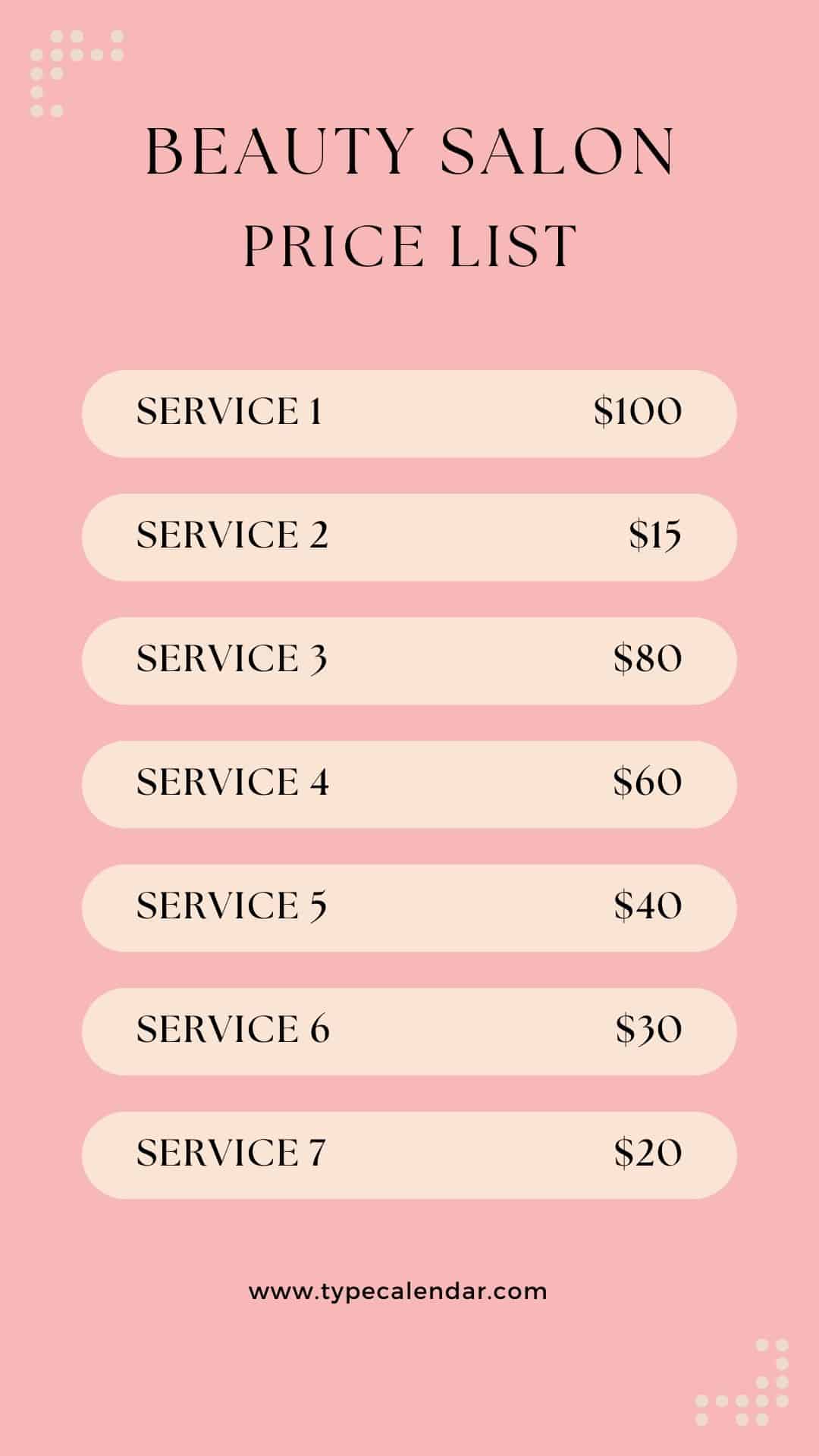






![Free Printable Roommate Agreement Templates [Word, PDF] 1 Roommate Agreement](https://www.typecalendar.com/wp-content/uploads/2023/06/Roommate-Agreement-150x150.jpg)
![Free Printable Credit Card Authorization Form Templates [PDF, Word, Excel] 2 Credit Card Authorization Form](https://www.typecalendar.com/wp-content/uploads/2023/06/Credit-Card-Authorization-Form-150x150.jpg)
![Free Printable Stock Ledger Templates [Excel,PDF, Word] 3 Stock Ledger](https://www.typecalendar.com/wp-content/uploads/2023/08/Stock-Ledger-150x150.jpg)
